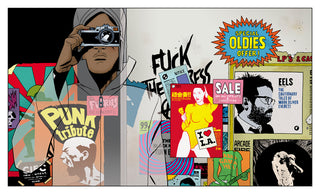If you are someone with even a passing interest in comic books, chances are you remember a book that made you realize this particular storytelling medium was more than just superheroes in tights or the funny pages where newspapers print their weekly comic strips. For me, that book was Alan Moore’s Watchmen, originally published in 1986 which deconstructed the traditional superhero concept. Instead of just having superheroes fly around, Moore’s story explored the actual meaning of having superheroes in a real world setting. It posed the question: “Who watches the watchmen?” and dared to explore the premise of superheroes who were not very good people after all.
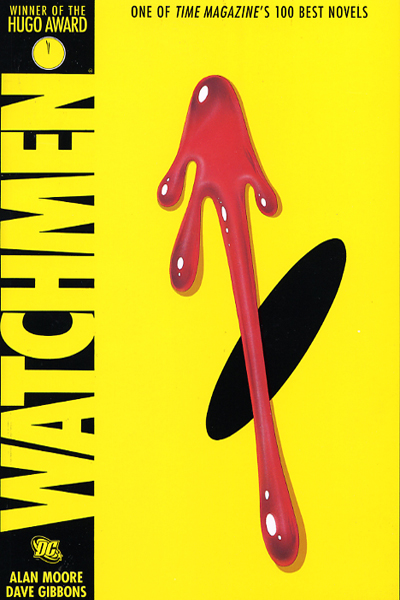
The premise of Watchmen might feel antiquated today, since nearly every art form—from television to Hollywood blockbusters—has explored the idea of anti-heroes; but it serves as one example of how comic books, especially in its graphic novel format of long-form storytelling, provide a frame in which creators can tell personal stories or explore universal themes in an arguably more real way than any other medium. There are many ways to tell a story when you can combine a visual aspect with text, and many writers and illustrators have continued to expand the storytelling possibilities in this realm. Increasingly, comic books have also evolved past just telling mature and smart superhero stories. It has become a platform to raise awareness for social issues, and create empathy for people around the world whose stories we might not know about.
This year, with every graphic novel I’ve picked up and read, I’ve come to realize that perhaps more than ever, graphic novels and their ability to express and tell stories relevant to present times is as important a form of mainstream storytelling as it has ever been.
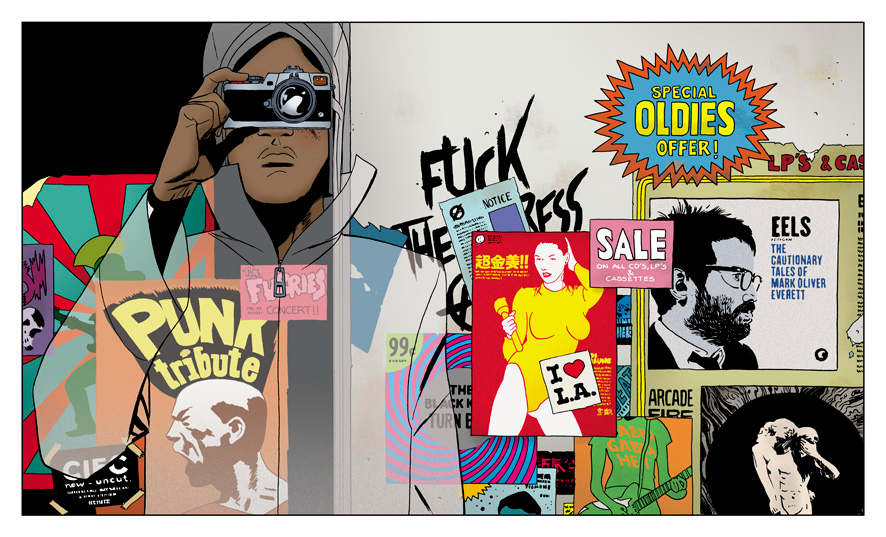
Brian K. Vaughan’s bibliography is familiar to many. He’s responsible for the memorable Marvel series Runaways, the apocalyptic science fiction series Y: The Last Man, and the modern day Star Wars space odyssey in Saga. While he has achieved mainstream success, it is two of Vaughan’s lesser-known series that feel like the most pertinent read today. The first is Private Eye, a 10-part mini-series which he self-published with illustrator Marcos Martin.
The story, with sci-fi elements typical of a tale penned by Vaughan, is set in the year 2076 in a world where the Internet no longer exists, everyone’s secrets are in the open, and where everyone appears in masks in public to conceal their identity. In this fictional world, journalism is a function carried out by the government. It’s a story that fits perfectly with the world we live in today, where our personal information seems to be collected at an alarming rate with every site we access online, and where privacy seems to be more of a concept than reality, and the validity of news is being questioned from all sides.
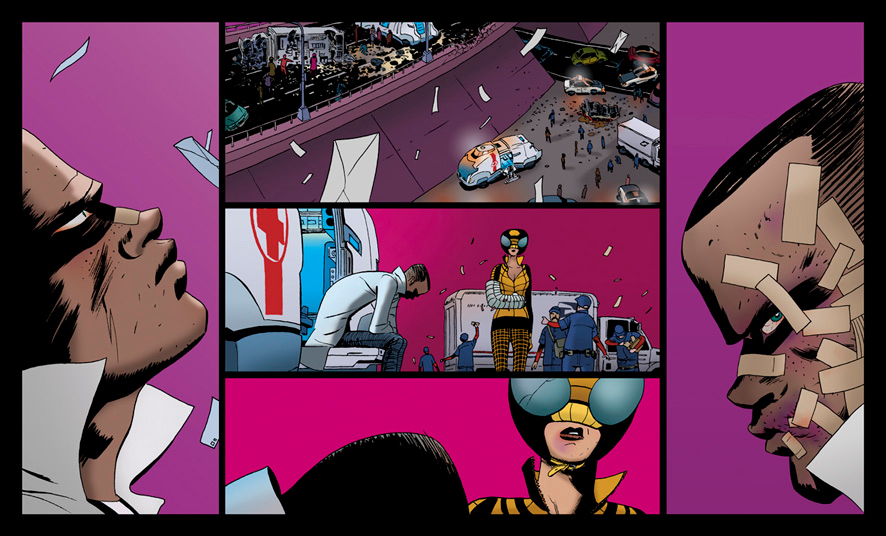
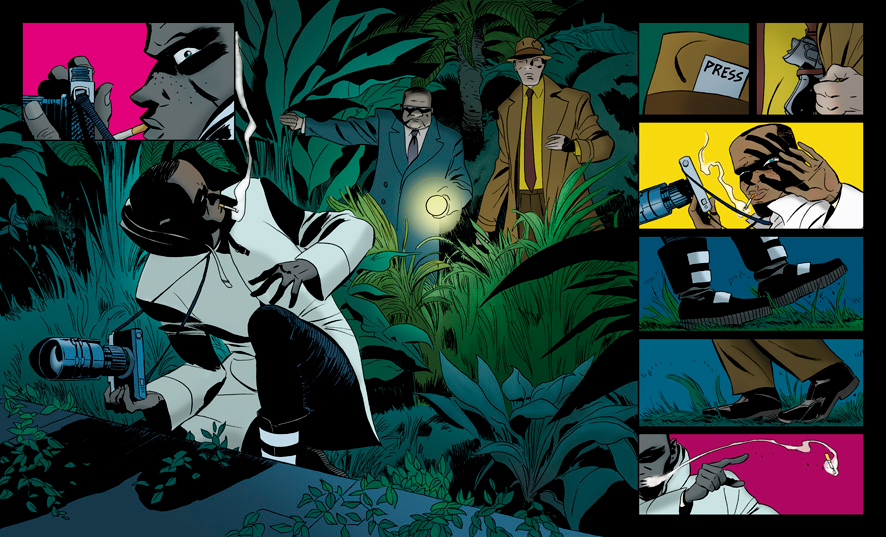
Vaughan followed that up with another self-published mini-series with Martin titled Barrier in 2015. While the story features aliens, spaceships, and an extra-territorial kidnapping of our two main characters, the heart of the story, set at the Texas border, provides commentary on the immigration debate through the lens of a rancher living in the United States and a Honduran man named Oscar trying to make his way there. Re-reading the series earlier this year, the dialogue and plot felt more poignant set against the backdrop of the current U.S. administration’s immigration policies, and some of the inhumane things happening to families and children at the border.
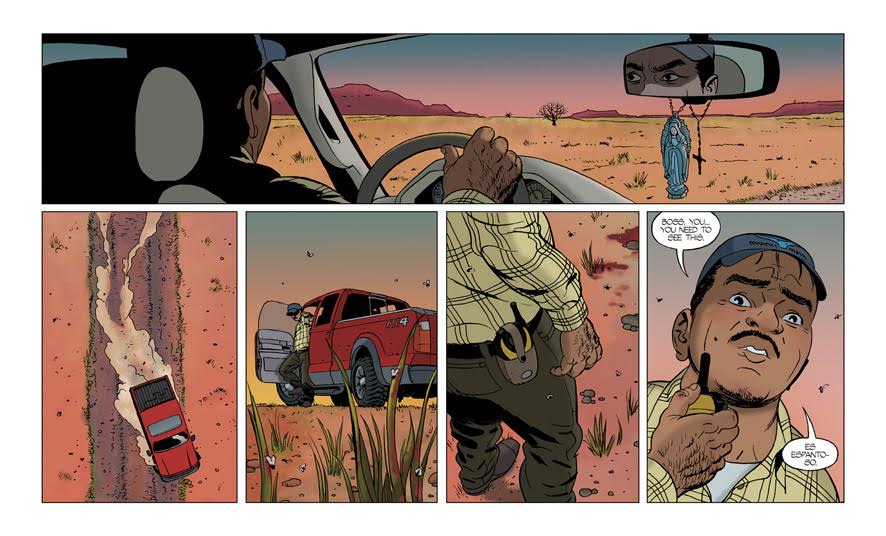
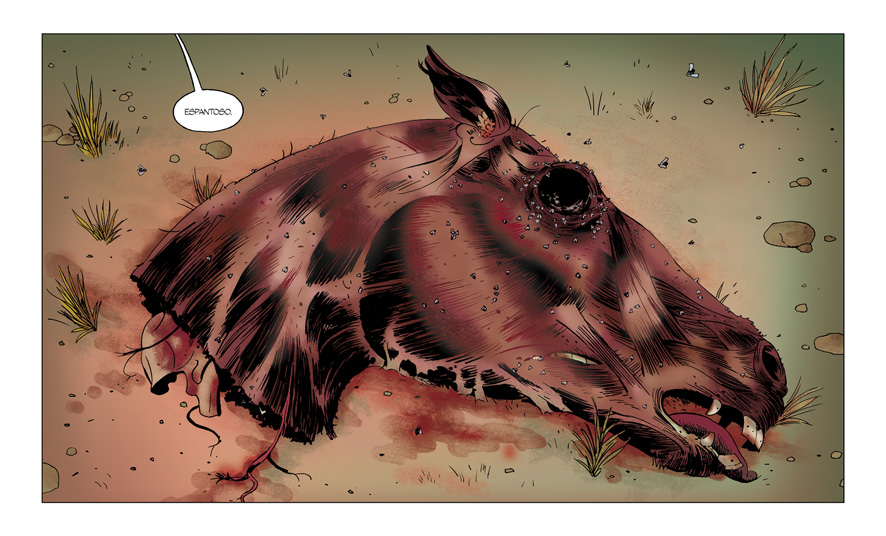
Vaughan, who says Alan Moore’s A Small Killing made him realize the expansive storytelling landscape of comics, says experiences in his own life certainly informed Barrier.
“We were absolutely inspired by real-world stories of immigration when we originally released the story,” Vaughan said. “I’m fortunate enough to be invited to a lot of international comic conventions. But as a typical ugly American, I speak zero languages beyond English, and inevitably have to rely on my multilingual collaborators for survival. So I feel enormous sympathy for any new visitors to a country, and artist Marcos Martin and I thought it would be interesting to explore that subject through the relatively universal language of comics.”
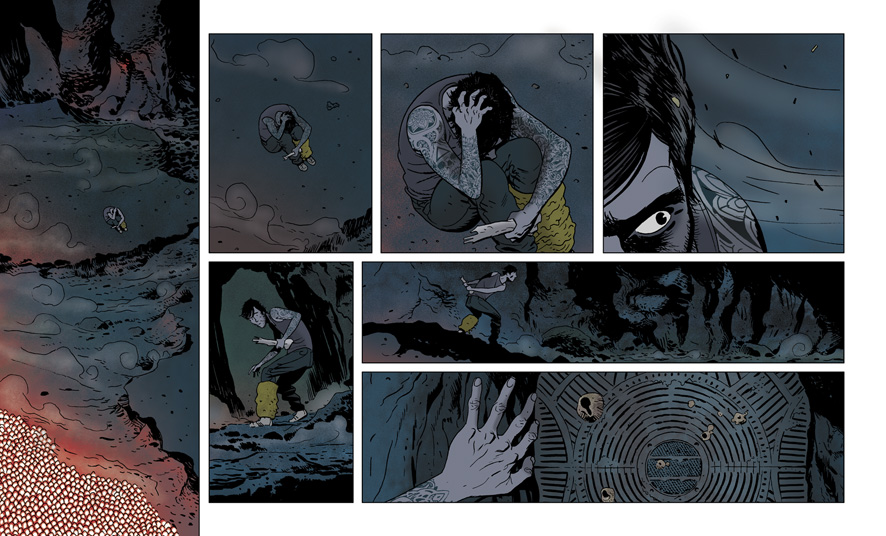
For Vaughan, if you want to tell stories that matter, it has to come from a personal place. “I think it’s much more important for creators to make stories that are good than stories that happen to be relevant,” Vaughan explained. “I don’t mind if a comic isn’t tackling any real-life issues as long as it’s told with passion and care from a deeply personal point of view. Those kind of stories will be automatically about something, whether or not that was the creators’ intent.”
Whether it is personal or relevant, there’s a reason why these stories often exist in graphic novel form, because the format provides a canvas for creators to find new and creative ways to tell their stories that they otherwise wouldn’t be able to both visually and textually. Georgia Webber released her graphic novel memoir “Dumb: Living Without A Voice” earlier this year. It’s the story about Webber, a generally social person, who is forced into months of silence after a throat injury renders her unable to speak.
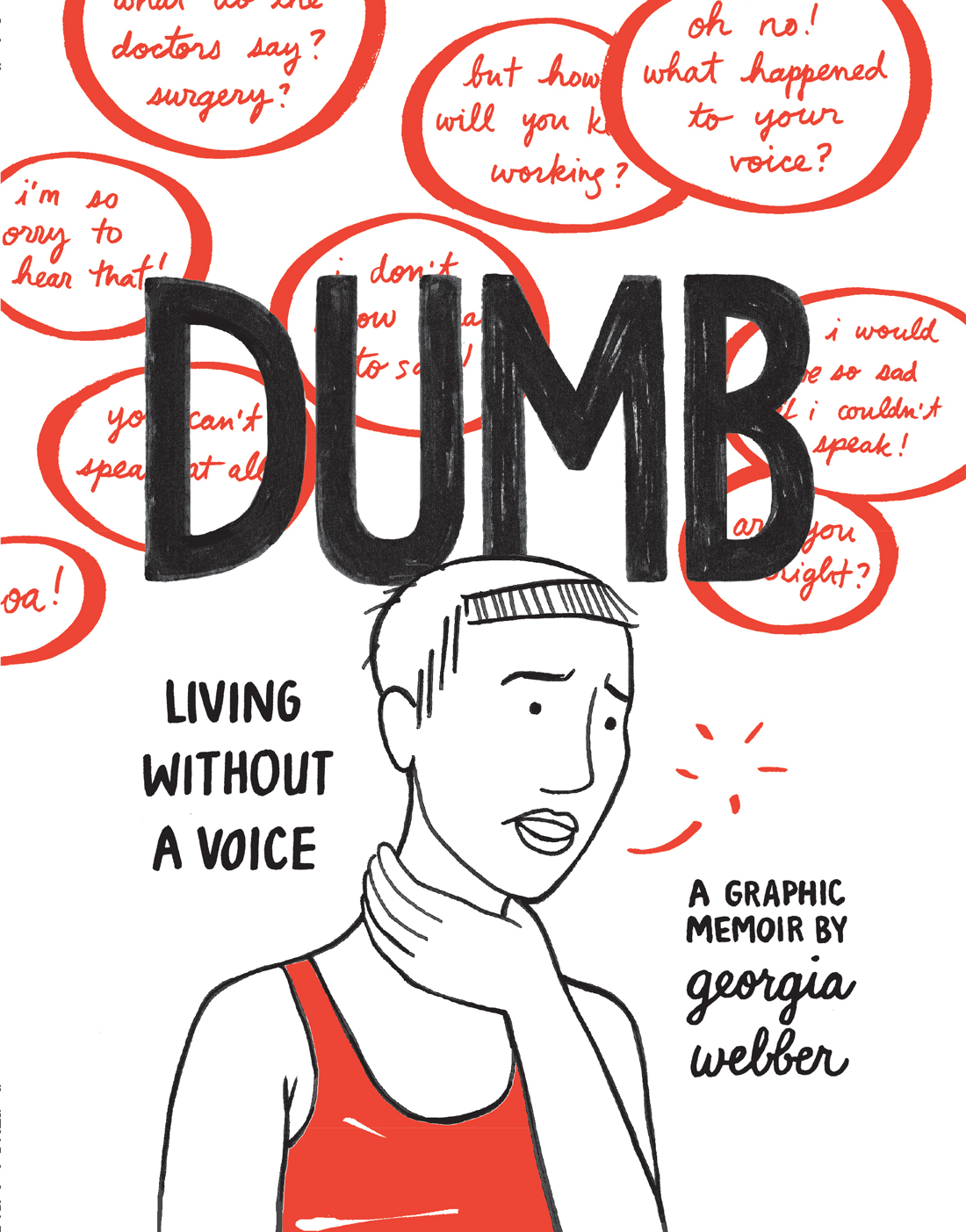
In what is essentially a meta-story, Webber details her experience and gives us a view into her inner voice and all of the frustrations that comes with being suddenly stripped of the ability to speak and converse on a day-to-day basis in graphic novel form. “I lost the ability to use my voice, and comics gave me a way to communicate in silence,” Webber said. “As an artist, it was a particular challenge to convey sound—ephemeral and invisible—in a static and purely visual medium, and a further challenge to commit the depth and breadth and relevance of voice to the page, woven with the threads of my personal story.”
In the graphic novel, Webber uses colors to bring together all the outside voices she’s hearing. “If I had employed a sound medium like film or radio, then each voice would have to be attached to a person,” Webber explains. “If I had chosen a medium limited to words alone, I would miss the less tangible moments, the indescribable details, that I tried to make clear in the density of this comic. Simultaneity is allowed to appear and disappear in comics, multiplicity is handled differently when the reader controls how much time to spend on each panel or page. I wanted a dynamic feeling of time to emerge from within the reader, facilitated by the book, and comics makes that possible.”
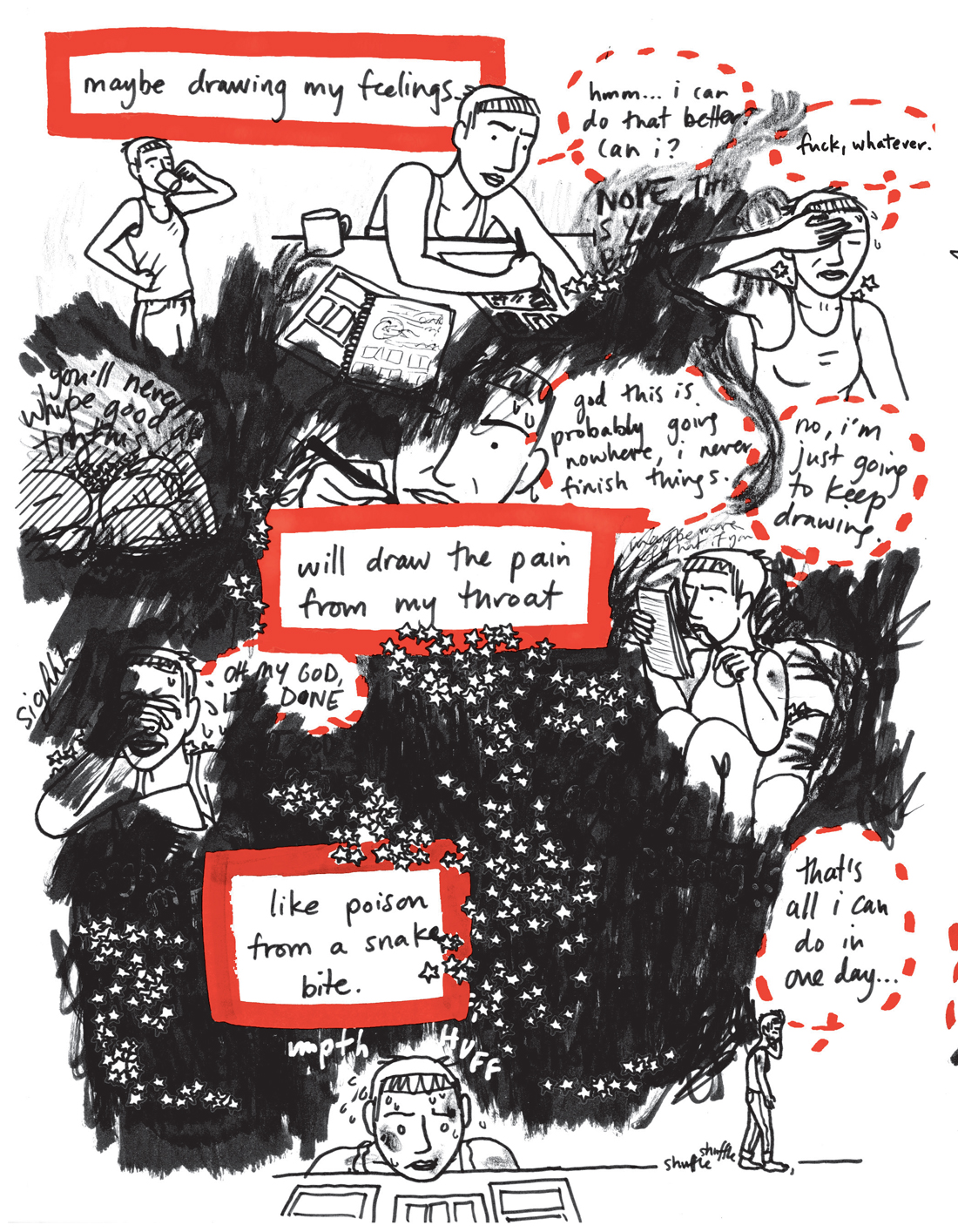
Graphic novels can also go to different pockets of the world and tell us stories that require the visual medium to appreciate its full impact. Ali Fitzgerald recently published Drawn To Berlin, telling the story of her personal encounters with asylum seekers whom she met starting in 2015 at comic workshops she was holding in Berlin.
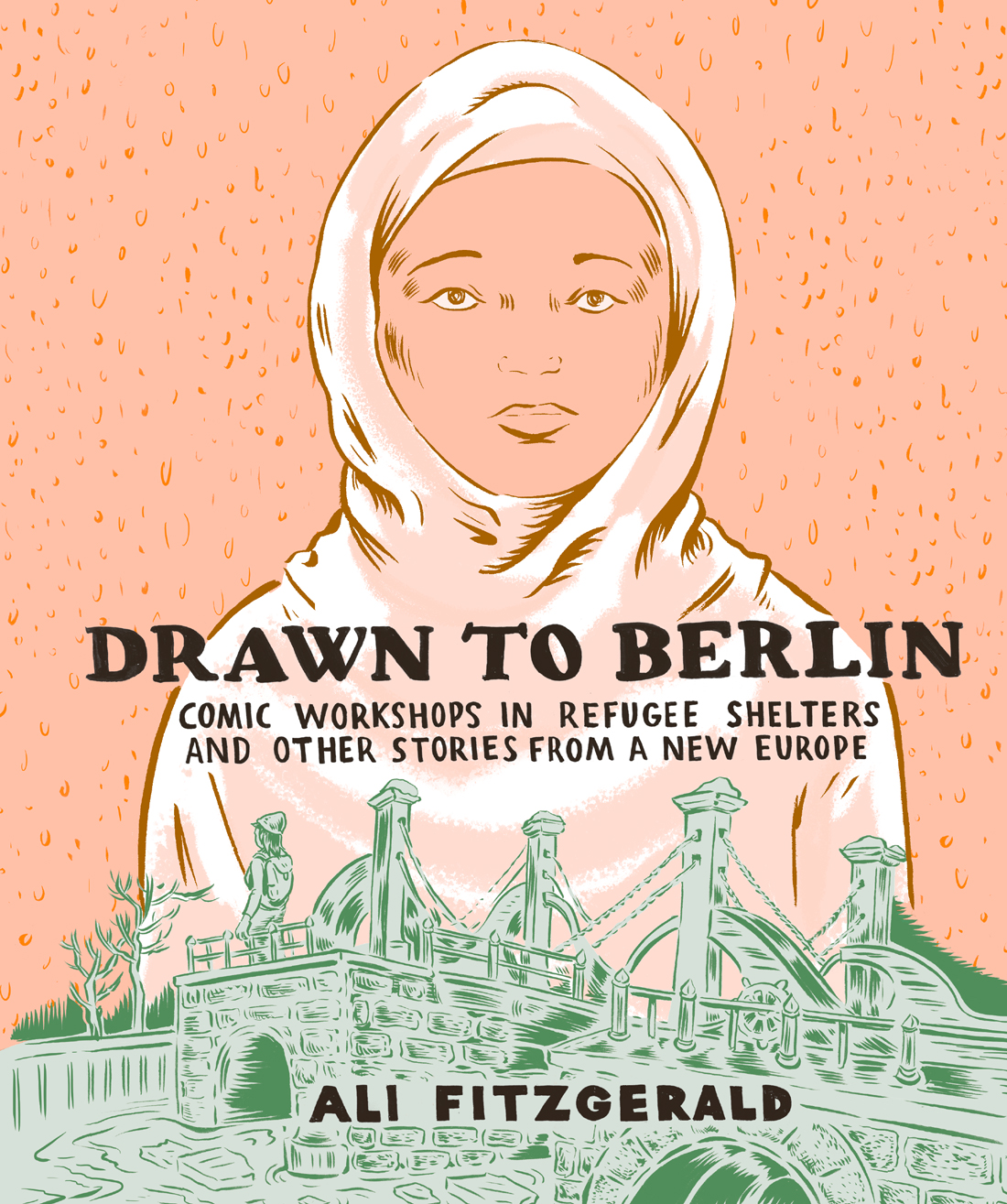
The graphic novel format allowed Fitzgerald to show visually some of the drawings these asylum seekers drew themselves at these workshops, providing a different lens into the refugee crisis, a brief glimpse into personal narratives of the people mired in a news story we might only hear about in passing. “I’m not sure how or if any of the passages would have worked with prose alone,” Fitzgerald said. “The vignettes in the book are really about creating portraits of people and use a lot of visual juxtapositions to do so.”
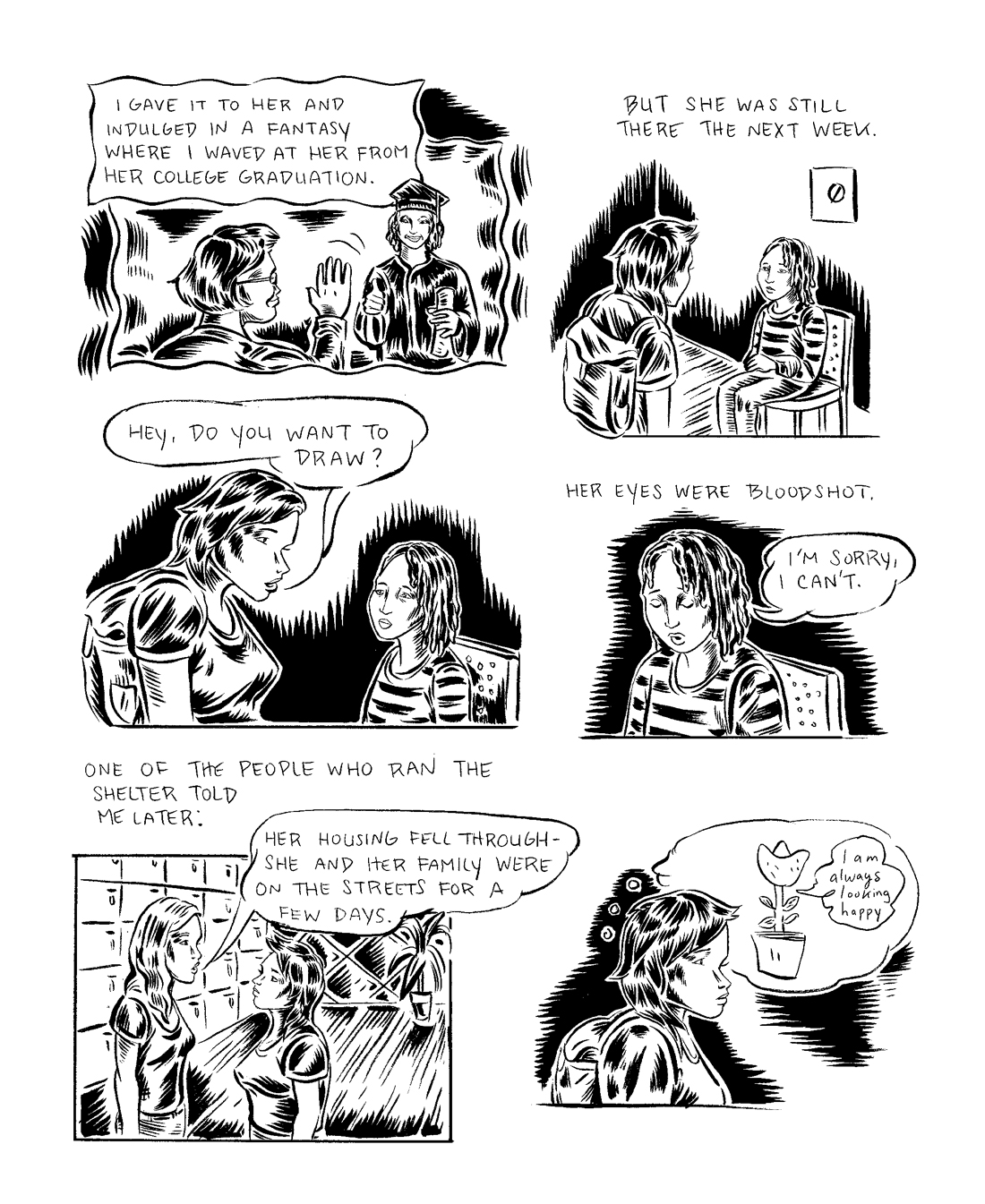
With every graphic novel I read this year, it has just become harder to ignore just how enriching the format is, and how the possibilities, both from a storytelling and visual standpoint, are truly endless. While Webber and Fitzgerald’s stories have gone to very personal places, other stories have brought together the ambitious aspects of graphic novel storytelling while providing very pertinent commentary on present times.
Sabrina by Nick Drnaso is the one graphic novel this year that left me thinking about the story days after putting it down. It is a missing persons story that dives into the very real consequences of online conspiracy theories and the real dangers of fake news and access to information.
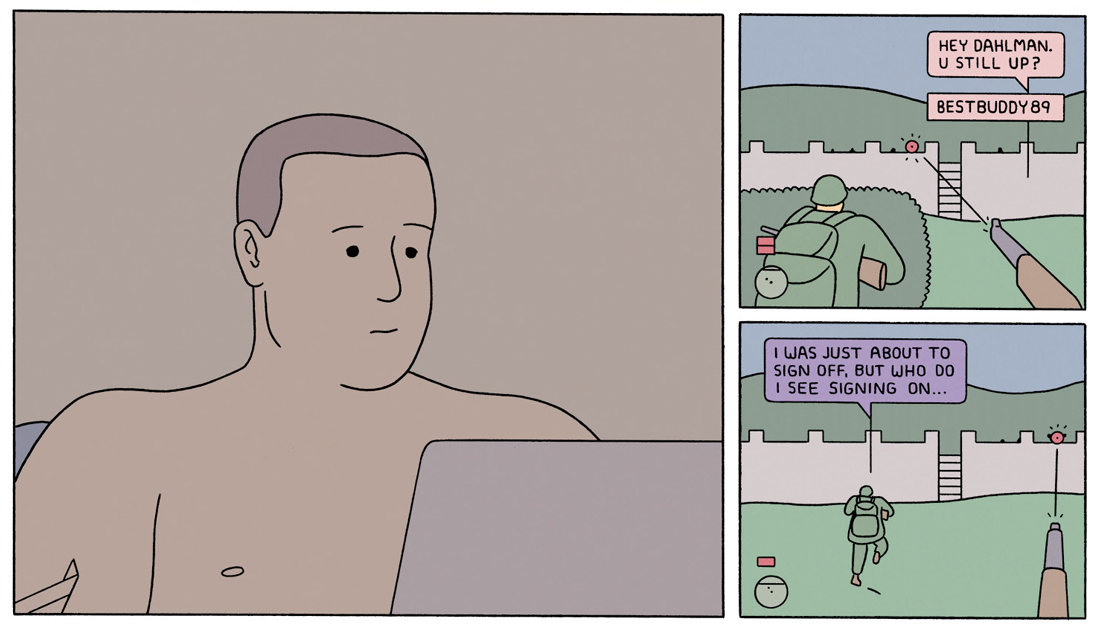
On the other end of the spectrum, I also found myself thinking about Aminder Dhaliwal’s Woman World, a series of comic strips imagining a world where a birth defect has wiped out the planet’s entire population of men.
A world without men seems like the most apt present day premise of them all. The comic strips Dhaliwal illustrates are all told from the female population’s perspective, as the older women raise a new generation who have no idea what “That’s What She Said” jokes and make up new rules for sports like baseball without the interference of men. The entire graphic novel finds humor in the situation but also provides a powerful female voice to a concept that has been explored, but not from this perspective.
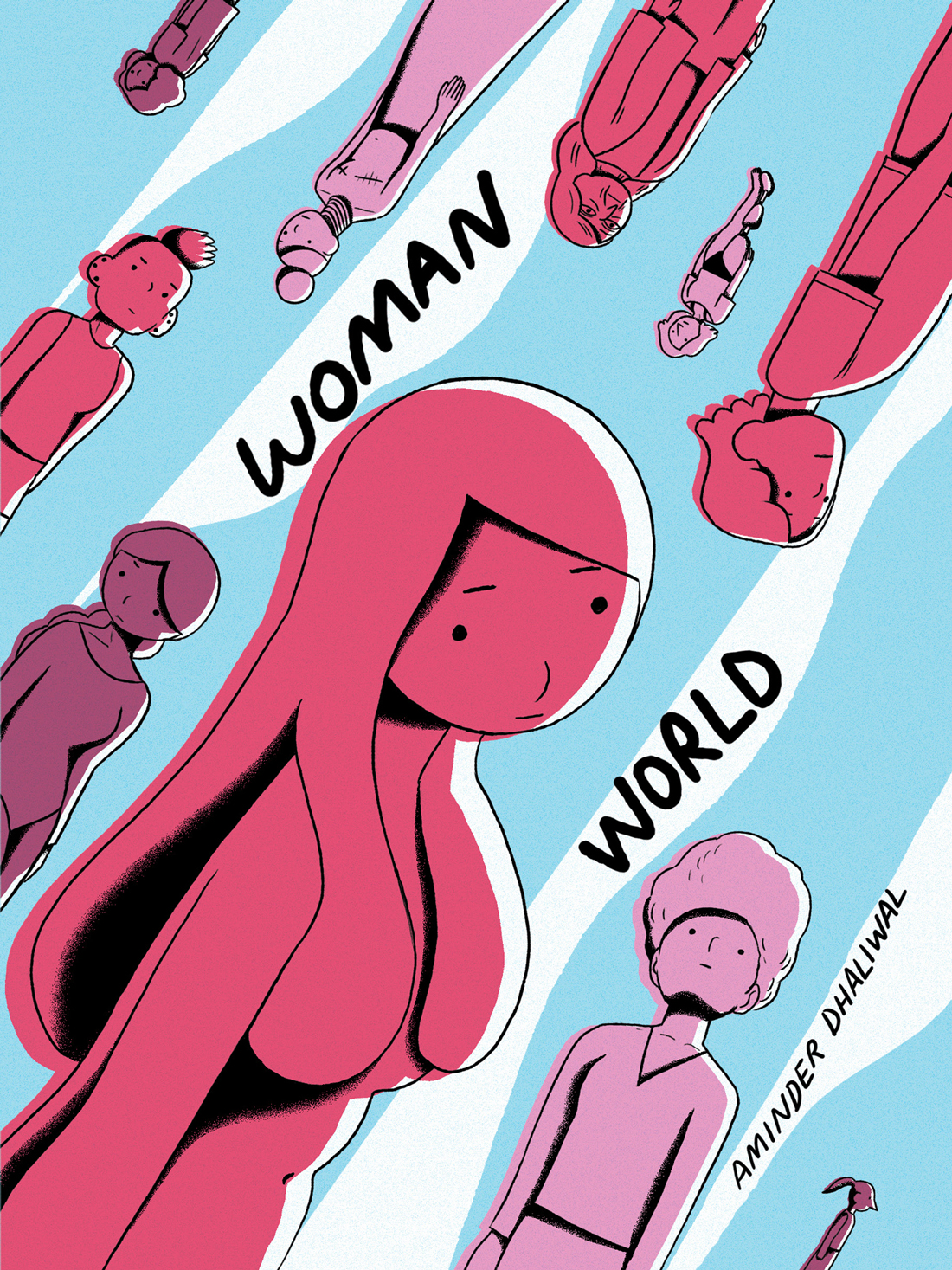
“The lady land idea is an old entertainment trope. However it’s usually explored through the eyes of a man, like, a man stranded on an Amazonian woman island,” Dhaliwal said. “I’d prefer to know what an average day is like for any of those Amazonian women instead, and if a man arrives, I’d like see the story told from the women’s point of view.”
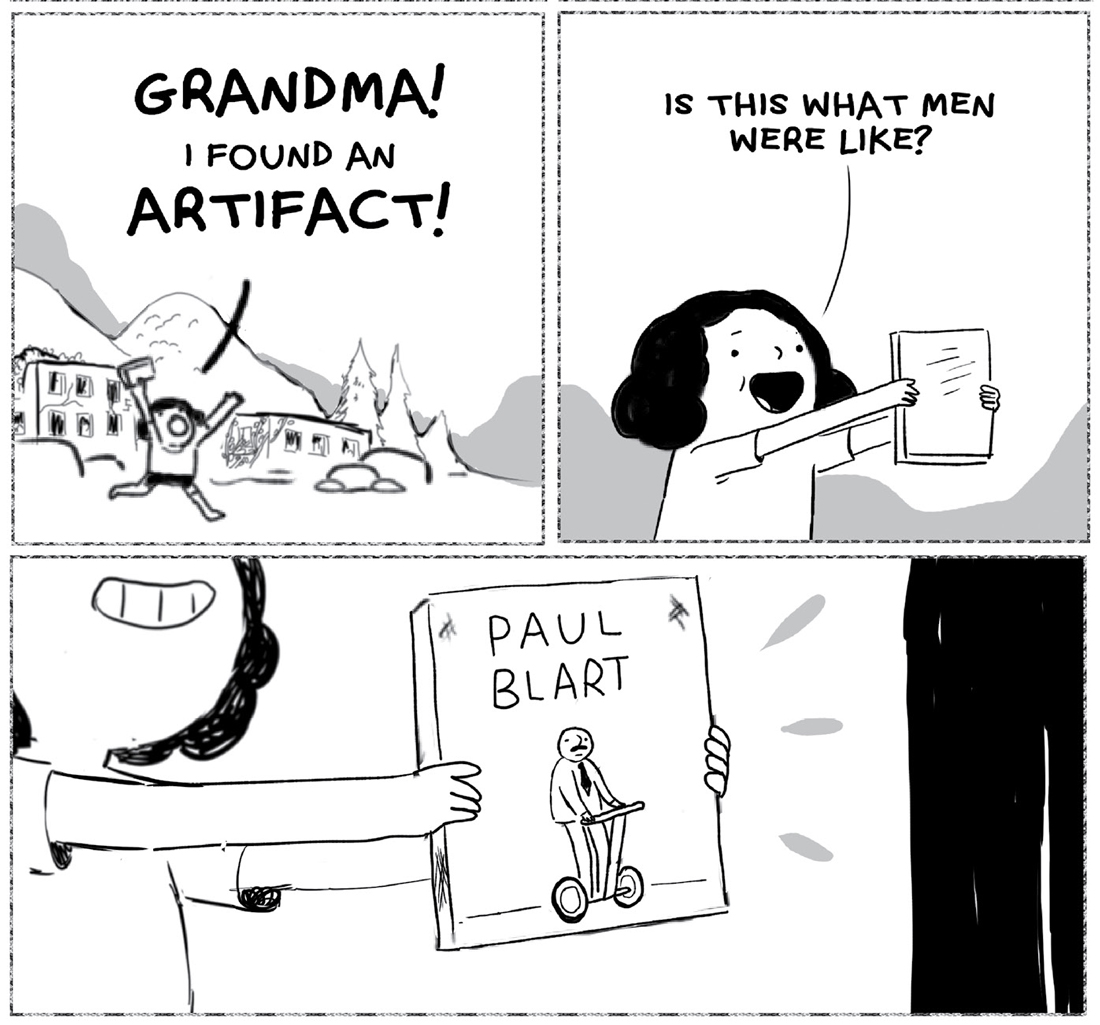
Like Watchmen and many other graphic novels from decades ago, today’s creators are continuing to push the boundaries of the medium, and they’re doing it consciously.
“Comics have powers of immediacy, powers of association, of demonstration,” Webber said. “Comics can not only talk about, but show a world that we want to create, or reveal the world as it is, and hold nothing back. With such powers, why would you not choose to facilitate empathy and understanding in those who would seek your work? Why would you labour hours and days and weeks over something that has no particular motive to serve?”
Fitzgerald, who actually holds workshops discussing the topic of visual storytelling as a tool for social change, says this is just the beginning. “Visual storytelling is a potent tool for fostering empathy and affecting social change,” Fitzgerald said. “The future is visual, and the number of artists who create personal and political real-life visual narratives will continue to grow. But there are a lot of different, creative ways of talking about issues and raising awareness.”
***

